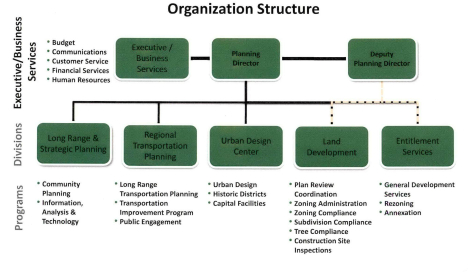Posted on October 16, 2018
A recent New York Times article, The Most Important Least-Noticed Economic Event of the Decade, describes how in 2015 and 2016 a confluence of interconnected forces had a significant impact on the world economy and the presidential election but not many were aware that it ever happened. This slowdown went mostly unnoticed as it primarily affected the energy and agricultural sectors and their equipment suppliers, but it has some important political and economic implications.
It began in 2015 when the Chinese government, believing their economy was about to experience a credit bubble, imposed policies to restrain growth. This action caused a slowdown in the Chinese economy as well as in developing nations that relied on Chinese investment. Simultaneously, the Federal Reserve was ending its “era of ultra-easy monetary policy” while banks in Europe and Asia were lowering their rates. The value of the U.S. dollar increased, causing Chinese companies to become less competitive globally. When the Fed raised interest rates in December of 2015, it made financial conditions “tighter and therefore slow[ed] growth across big swaths of the world.”
This slowdown caused less demand for oil and other commodities such as metals and agricultural products. Emerging economies felt this pinch and falling prices and high debt loads among energy producers in the U.S. generated losses for investors and stoked fears about the overall stability of the global financial system. The Fed intervened in 2016 by deciding not to raise interest rates and reducing their expectations of how much they would raise rates over the remainder of the year. As a result, the dollar weakened, oil prices began a recovery and spending was growing again by summer 2016.








 Though the real estate industry has seen a development rebound over the past decade, rising construction costs are weighing down the buoyant market. The persistent
Though the real estate industry has seen a development rebound over the past decade, rising construction costs are weighing down the buoyant market. The persistent